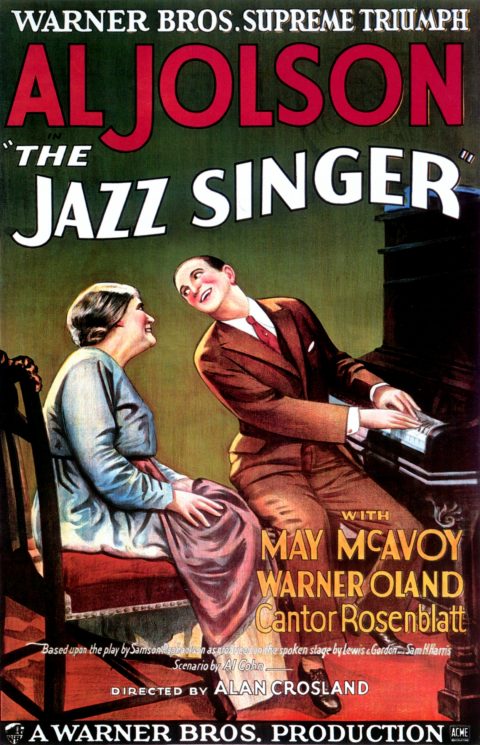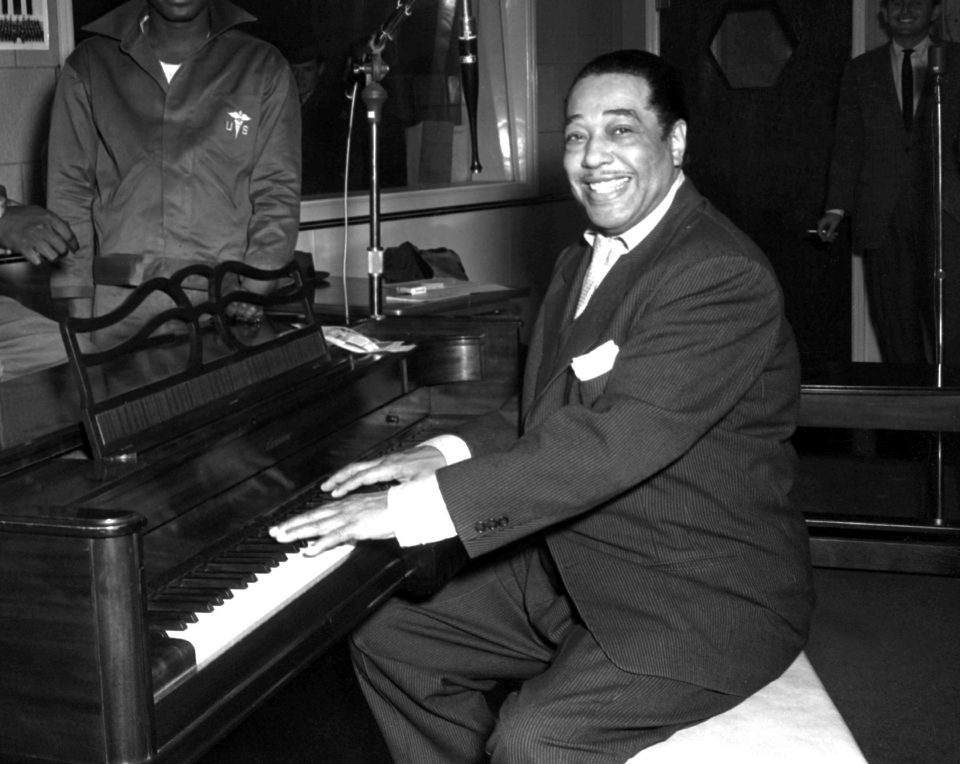6 Historic Moments in Music from the Twenties
It was known as the jazz age but there was a fair bit of blues, dance, Broadway and country too
The 1920s were a decade of tumult, change and innovation in music — on shores both native and distant. While the decade witnessed the dawn of broadcast radio, the spread of the Japanese phonograph (also known as the gramophone or record player) and the foundation of the talkie film in India, it came into its roaring avatar in America where the jazz age reigned amidst the Harlem Renaissance’s movement for civil rights and racial pride. Here are some of the notable moments in music from the Twenties:
1. Harlem Renaissance
The Great Migration brought many African-Americans to the neighborhood of Harlem in New York City in the early decades of the 20th century. This led to the flourishing of black culture, courtesy of the contributions made in music, poetry, art, literature and more by African-Americans who took control of their representation, leading to a movement which originated in Harlem for racial pride against white supremacy. They celebrated their roots as they marched forward into rightfully asserting themselves in American history. This period was known as the Harlem Renaissance (1910s-1930s).
As far as African-American musicians go, some called the neighborhood home, while some performed there as they toured around the country. If they didn’t lead the Harlem Renaissance, they were influenced by it.
The 1921 musical Shuffle Along, written by composers and musicians Noble Sissle and Eubie Blake, made its debut on Broadway as the first major theatrical production of the Harlem Renaissance. The year also saw the establishment of the Black Swan Phonograph Corporation, the first African-American record company. The genres of blues and jazz exploded during this period. Jazz clubs such as the Cotton Club, the Savoy and the Apollo Theater cropped up in Harlem. In 1927, pianist Duke Ellington and his orchestra started playing at the Cotton Club and jazz music was never the same again. Blues legend Mamie Smith recorded “Crazy Blues” in 1920, becoming the first African-American singer to record a blues vocal performance commercially.
2. The dawn of Indian broadcasting

The Madras Presidency Radio Club had aired 92 concerts in both Indian and Western styles of music.
Photo: arun sambhu mishra / Shutterstock.com
The Madras Presidency Radio Club (MPRC), Chennai’s predecessor to the All India Radio, transmitted the first radio program in India on May 16th, 1924. The first batch of wireless sets was acquired from the Marconi Wireless Telegraph Company of America, a subsidiary of the British Marconi Company which was founded by Italian Guglielmo Marconi — the inventor of the radio himself! Based in the city of Chennai, the MRPC scheduled regular broadcasts from July 1924, leading more people to tune in by playing recorded concerts; the club had aired 92 concerts in both Indian and Western styles of music (the first concert broadcasted over radio had been of soprano Dame Nellie Melba in 1920 from Chelmsford, England). Founded by Madras Municipal Corporation’s V Krishnaswamy Chetty, the club, which had formerly featured local talent, began to feature professional artists in 1927. Following financial turbulence, the MRPC was taken over by the Corporation in its fourth year, before finally acting as a station for the All India Radio which began broadcasting from Chennai in 1938.
3. The Jazz Age

American jazz musician Louis Armstrong. Photo: Getty Images
Jazz’s origins lie in blues. Having originated in New Orleans in the U.S. towards the end of the 19th century, the genre created by the African-American community mixed blues and ragtime with European styles of music, creating a hybrid genre for the ages. The Jazz Age extended from 1920-1929. The end of World War I was followed by a large number of jazz musicians moving from New Orleans to major cities in the U.S. which led to the spread of the genre. New York, Chicago and New Orleans became hubs of jazz music and bands popped up all over America. Factors that spurred the Jazz Age were commercial radio and speakeasies. Jazz icon Sidney Bechet created magic with the saxophone and clarinet, recording his hits “The Wild Cat Blues” and “The Kansas City Man Blues” in 1923. Jazz legend, trumpeter Louis Armstrong’s technique of improvisation honed and epitomized his strengths as a soloist and vocalist, and he emerged as the first great jazz soloist during this period. Jazz music was important during this time as its influence extended to race relations, civil rights, dance, fashion, morality and the world at large.
4. Written music course material in India

Musical knowledge (of Indian classical music) was customarily passed on by the oral tradition. Pictured are the Indian sitars and a vina with large soundboxes. Chromolithograph from an illustration by William Gibb. Photo: Florilegius/SSPL/Getty Images
In 1926, Indian musicologist Vishnu Narayan Bhatkande developed written course material for the Marris College of Music in Lucknow (presently the Bhatkande Music Institute). This was monumental as musical knowledge (of Indian classical music) had only been passed on by the oral tradition so far. He also organized the fourth All India Music Conference in 1924 where living musicians from all gharanas were called to perform. Discussions and steps were undertaken to advance Hindustani and Carnatic music.
5. The talkie film

Film poster for ‘The Jazz Singer.’ Photo: LMPC via Getty Images
1926 marked the introduction of the Vitaphone (a system which allowed for recordings on film by way of sound on disc technology) to cinema with the American film Don Juan which featured musical scores and sound effects but no spoken dialog. In 1927, The Jazz Singer hit U.S. theaters and took audiences by storm. It was the first feature-length film to incorporate both audible dialog and music. Its predecessor, the silent film, was not divorced from music — live orchestras played in theaters or recorded scores were turned up on record players to support a film. Talkies or motion pictures — as they are better known today – soon became the standard of cinema.
Post-1928, India experienced a flood of Japanese gramophone players which were reasonably priced and hence accessible to the masses — spreading recorded music throughout the country. This, in turn, led to a growth in demand of the device which fueled production at Kolkata’s Beliaghat Phonograph factory. The technology had first reached Indian shores in 1902 with Gauhar Jaan being the the first person to record her vocals on the gramophone in India. The burgeoning influence of this sound machine would eventually lead to the ushering of music in Indian cinema in 1931.
6. Speakeasies and Dance Music

Paul Whiteman and His Orchestra was a popular dance band of the decade. Here they are pictured posing for a studio portrait in 1922. Photo: Gilles Petard/Redferns/Getty Images
The U.S. experienced prohibition from 1920-1933 which led to the establishment of black markets and speakeasies for alcohol. Speakeasies, in particular, emerged as spaces of fun, music, dance and decadence. Dancing was intrinsic to this decade and music developed to cater to the public’s want. The foundation of classic pop music finds its root in the dance music of this period. Dance bands became popular and performed some of the most widely heard music of the Twenties, transitioning between genres based on what was most popular at any given time. Jazz too heavily influenced dance music. Country bands were widespread.




